- myFICO® Forums
- FICO Scoring and Other Credit Topics
- Understanding FICO® Scoring
- How does "High Balance" affect me?
- Subscribe to RSS Feed
- Mark Topic as New
- Mark Topic as Read
- Float this Topic for Current User
- Bookmark
- Subscribe
- Mute
- Printer Friendly Page
How does "High Balance" affect me?
Is your credit card giving you the perks you want?
Browse credit cards from a variety of issuers to see if there's a better card for you.
- Mark as New
- Bookmark
- Subscribe
- Mute
- Subscribe to RSS Feed
- Permalink
- Report Inappropriate Content
How does "High Balance" affect me?
So, I know that utilization percent is how much balance you actually carry on the statement. I've been keeping this under 6%, in fact last month by accident i made it 0%.
But this month I had a situation where some unexpected expenses coinsided with my rent payment, and I basically need to float about $800 until next month. My limit is $1300.
Right now my high balance is reported as $350, so this will push it up to $800. Does FICO factor this at all? What about lenders... they will look at this high balance negatively?
- Mark as New
- Bookmark
- Subscribe
- Mute
- Subscribe to RSS Feed
- Permalink
- Report Inappropriate Content
Re: How does "High Balance" affect me?
You might take a temporary ding for reporting at more than 50% usage. But as soon as you pay it down and it reports the new lower balance you should pop back up.
- Mark as New
- Bookmark
- Subscribe
- Mute
- Subscribe to RSS Feed
- Permalink
- Report Inappropriate Content
Re: How does "High Balance" affect me?
High balance is not normally a direct scoring factor except for some open-ended accounts such as some AMEX cards that do not have a specific pre-set credit limit.
For such accounts, FICO uses the high balance as a sub for credit limit in calculation of % util.
- Mark as New
- Bookmark
- Subscribe
- Mute
- Subscribe to RSS Feed
- Permalink
- Report Inappropriate Content
Re: How does "High Balance" affect me?






| Total CL: $321.7k | UTL: 2% | AAoA: 7.0yrs | Baddies: 0 | Other: Lease, Loan, *No Mortgage, All Inq's from Jun '20 Car Shopping |
BoA-55k | NFCU-45k | AMEX-42k | DISC-40.6k | PENFED-38.4k | LOWES-35k | ALLIANT-25k | CITI-15.7k | BARCLAYS-15k | CHASE-10k










- Mark as New
- Bookmark
- Subscribe
- Mute
- Subscribe to RSS Feed
- Permalink
- Report Inappropriate Content
Re: How does "High Balance" affect me?
High Balance is a tool to me. I let my balances report before I pay them in full. I think it shows usage in a positive way. Many of us move limits or have been CLD during a recession and have High Balance many times our limits. Never a problem for me. In fact... I try to report the largest High Balance possible on an Amex charge card. :]
I don't think lenders mind a card holder that spends $$$, and I don't mind thinking they see it in the high Balance on a PIF'd card.
Don't read to much into it, and/or don't sweat the small stuff.
^ IMH buzzed O
ETA I asked the same question in a post about 2 years ago so you must be on the right track, lol. best of luck
- Mark as New
- Bookmark
- Subscribe
- Mute
- Subscribe to RSS Feed
- Permalink
- Report Inappropriate Content
Re: How does "High Balance" affect me?
You will lose points. But its just temporary. Fico has no memory, so you will bounce back as soon as you pay it back down.
Current Scores 3/2016 Equifax 676 Transunion 697 Experian 648 Goal Scores: 720's accross the board. Gardening Goal: 3/2017
- Mark as New
- Bookmark
- Subscribe
- Mute
- Subscribe to RSS Feed
- Permalink
- Report Inappropriate Content
Re: How does "High Balance" affect me?
I think I may not have been clear in my OP, as it seems the only answer that applies to my question is Robert's.
Uti % is calculcated as (Current) Balance / Limit when the statement cuts (or the company's "reporting" day to the CRAs). At that point, they will look at your Balance and report that on your Credit Report.
I am not talking about the Balance.
There is another entry on the credit report called 'High Balance' as it's a historical record, like a high score of the most you've ever put on the card. NOT the most reported to the CRA which would affect the score, but just the most you've filled up the card in it's history.
So I was asking if I can pretty much max out my card, and then pay it back down to 6% UTI BEFORE the statement/reporting day hits without affecting my score.
My credit report would then show:
Balance: $100
Limit: $1300
High Balance: $1250
and my uti should be $100/$1300 = ~8% UTI
So according to Robert, and that's confirmed what I pretty much thought, FICO does not look at this "high balance" entry UNLESS the credit card is a charge card like an AMEX which doesn't even have a limit. In that case, FICO will use the "high balance" as a limit, and it will calculate your UTI % based on "(Current) Balance / High Balance" instead of "(current) Balance / Credit Limit."
Thanks everyone for responding!
- Mark as New
- Bookmark
- Subscribe
- Mute
- Subscribe to RSS Feed
- Permalink
- Report Inappropriate Content
Re: How does "High Balance" affect me?
@Anonymous wrote:So, I know that utilization percent is how much balance you actually carry on the statement. I've been keeping this under 6%, in fact last month by accident i made it 0%.
But this month I had a situation where some unexpected expenses coinsided with my rent payment, and I basically need to float about $800 until next month. My limit is $1300.
Right now my high balance is reported as $350, so this will push it up to $800. Does FICO factor this at all? What about lenders... they will look at this high balance negatively?
High balance is only a placeholder or marker that represents the highest amount you let report on a monthly statement for that card. Typically the high balance listed is your highest reported balance during the last 2 years (as a minimum - could be much longer). If you allow $800 to report, your high balance will show as $800 for the next two (or more) years. That's really not an issue
It is the current (or latest) balance that is used to calculate utilization on revolving credit cards.
1) So, in your case, next month your UT% on that card will be $800/$1300 = 61.5%. That's over 50% so you likely will see a temporary score drop as a result.
2) Let's say the following month you only let $100 report. Now your utilization (current balance)/CL = 100/1300 = 7.7%. You're back in optimum territory.
As RobertEG mentioned, things are looked at differently with an AMEX no preset spending limit (NPSL) charge card. With these cards you have no credit limit. In that case a psuedo utilization is calculated based on current balance/high balance. Frankly, that sucks for me as I have an AMEX charge card with a relatively low high balance. As a result, when I actually use the card it is relatively easy to reach "high utilization" status.
As an example [for an AMEX charge card] lets say HB is $1500 although "hidden" authorization is $50,000. Like most charge card owners you charge a few things and then pay in full the statement amount - true charge card terms require PIF. If statement was $800 then psuedo UT = 800/1500 = 53% even though hidden "CL" is $50k.
One way to address this is to put a major purchase (or downpayment) on the card to boost. So we allow $15k to report on a statement. Now HB increases to $15k and utilization that month is OMG, 100%! (but really less than 30% based on hidden $50k limit). Time for a major smackdown in score. Fortunately, score hit is point in time. After balance is paid (as required with a true charge card) then subsequent psuedo utilization will be (current statement balance)/$15,000 instead of (current statement balance)./$1500
Fico 8: .......EQ 850 TU 850 EX 850
Fico 4 .....:. EQ 809 TU 823 EX 830 EX Fico 98: 842
Fico 8 BC:. EQ 892 TU 900 EX 900
Fico 8 AU:. EQ 887 TU 897 EX 899
Fico 4 BC:. EQ 826 TU 858, EX Fico 98 BC: 870
Fico 4 AU:. EQ 831 TU 872, EX Fico 98 AU: 861
VS 3.0:...... EQ 835 TU 835 EX 835
CBIS: ........EQ LN Auto 940 EQ LN Home 870 TU Auto 902 TU Home 950
- Mark as New
- Bookmark
- Subscribe
- Mute
- Subscribe to RSS Feed
- Permalink
- Report Inappropriate Content
Re: How does "High Balance" affect me?
@Anonymous wrote:So, I know that utilization percent is how much balance you actually carry on the statement. I've been keeping this under 6%, in fact last month by accident i made it 0%.
But this month I had a situation where some unexpected expenses coinsided with my rent payment, and I basically need to float about $800 until next month. My limit is $1300.
Right now my high balance is reported as $350, so this will push it up to $800. Does FICO factor this at all? What about lenders... they will look at this high balance negatively?
Utilization is based on the amount reported in the statement, not the amount "carried". The term "carried" means carried over from one cycle to another. What you referred to as "float" is "carry".
Second, your "high balance" is irrelevant to utilization. All that matters is your reported balance and your credit limit.
So I'm not 100% sure what you meant, but if what you're saying is that your reported balance is going to be $800 on a $1300 credit limit card, and you're asking if that will be viewed negatively, the answer is yes it will.
The good news is that it will only be viewed negatively for that one statement. Utilization is totally temporary.
If you're wondering whether the change in "high balance" will have any lasting effect on your FICO score, the answer is no.

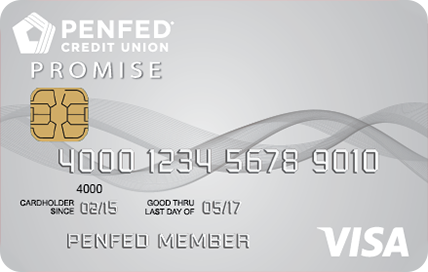

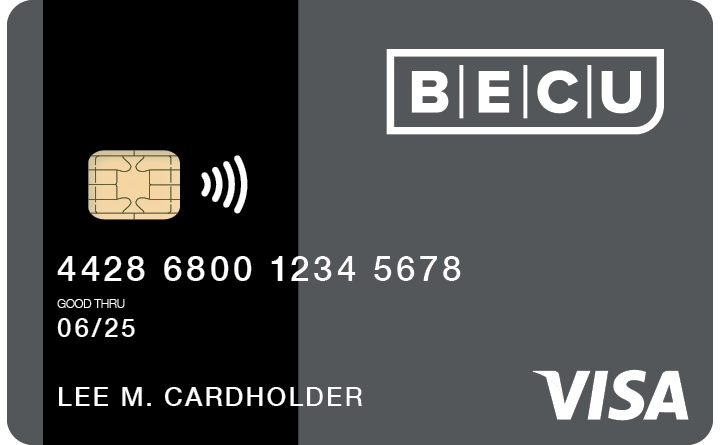
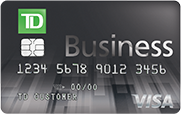


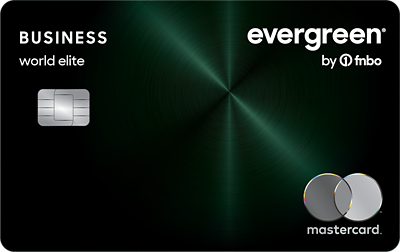



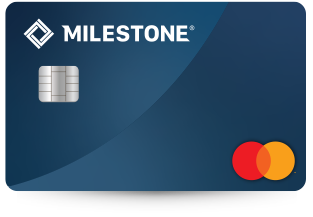
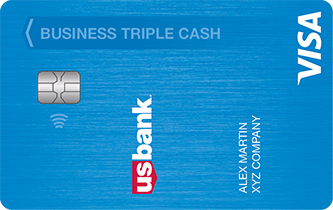

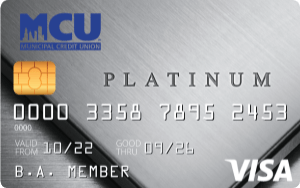
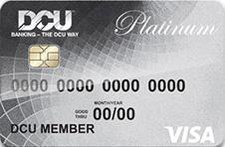
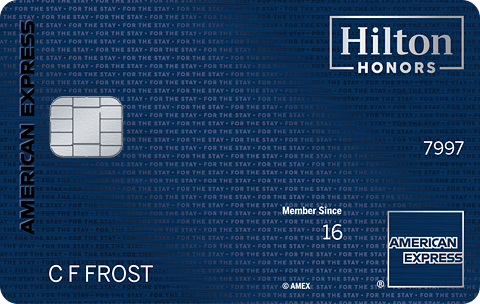
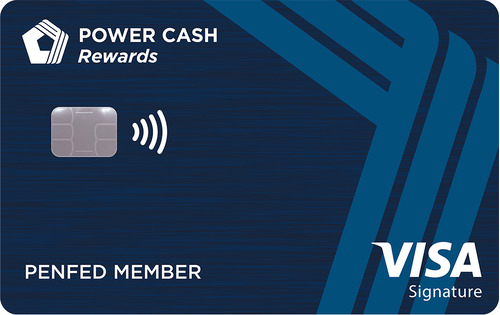


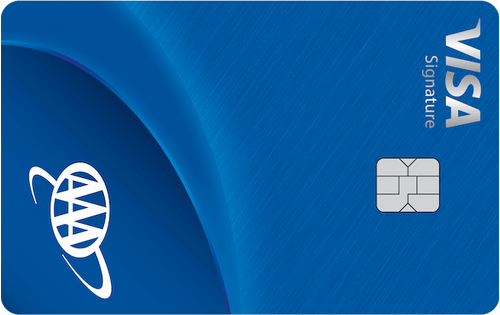

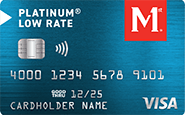
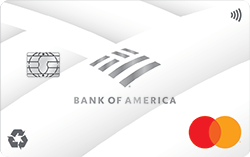


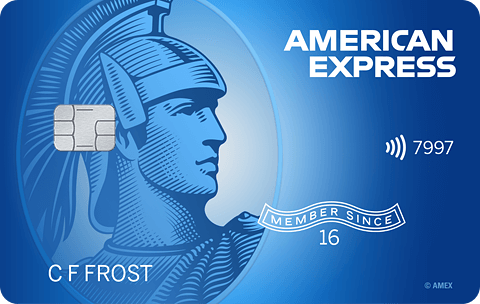
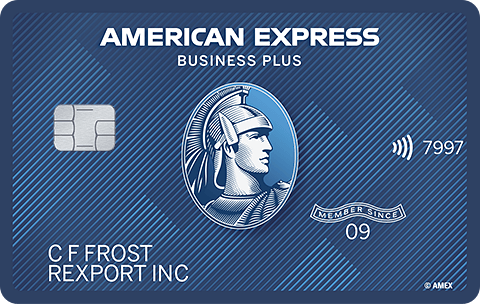



Total revolving limits 569520 (505320 reporting) FICO 8: EQ 689 TU 684 EX 682
- Mark as New
- Bookmark
- Subscribe
- Mute
- Subscribe to RSS Feed
- Permalink
- Report Inappropriate Content
Re: How does "High Balance" affect me?
@Thomas_Thumb wrote:High balance is only a placeholder or marker that represents the highest amount you let report on a monthly statement for that card. Typically the high balance listed is your highest reported balance during the last 2 years (as a minimum - could be much longer). If you allow $800 to report, your high balance will show as $800 for the next two (or more) years. That's really not an issue
The high balance reported does not need to be the statment balance. If you charge $1000 to a credit card, then PIF before statement cut, the $1000 will still appear in the High Balance box on your report.
I don't know if this is true for NPSL charge cards, as I don't use charge cards, but it's true for credit cards.